The Theatrum Anatomicum or Leiden Anatomical Theater was an anatomical theater and cabinet of curiosities of Leiden University that opened in 1594 in Leiden in the Netherlands. It was one of the first anatomical theaters in Europe.
The theater was created on the initiative of Pieter Pauw, then professor of anatomy at Leiden University. During the winter, anatomy professors held public dissections of cadavers for a paying audience of students and surgeons, as well as curious members of the public. With no teaching in the summer, the theater was used to display various curiosities, including human and animal skeletons, ancient Egyptian mummies and Roman antiquities, and many other unusual items from different parts of the world. As a result, the theatre, at the time the only one in Europe north of the Alps, became a major tourist attraction. By the 18th century, the theater was less used and eventually became obsolete. The theater finally closed in 1821.
A modern reconstruction of this theater can be seen in Museum Boerhaave in Leiden. The reconstruction in Rijksmuseum Boerhaave is based on manuscripts and prints from the Leiden anatomical theater from 1610; the skeletons are of a more recent date. Objects from the anatomical theater can also be seen in the University Hall of Museum De Lakenhal in Leiden. Collections originating from the theater are also part of other Dutch museum collections.

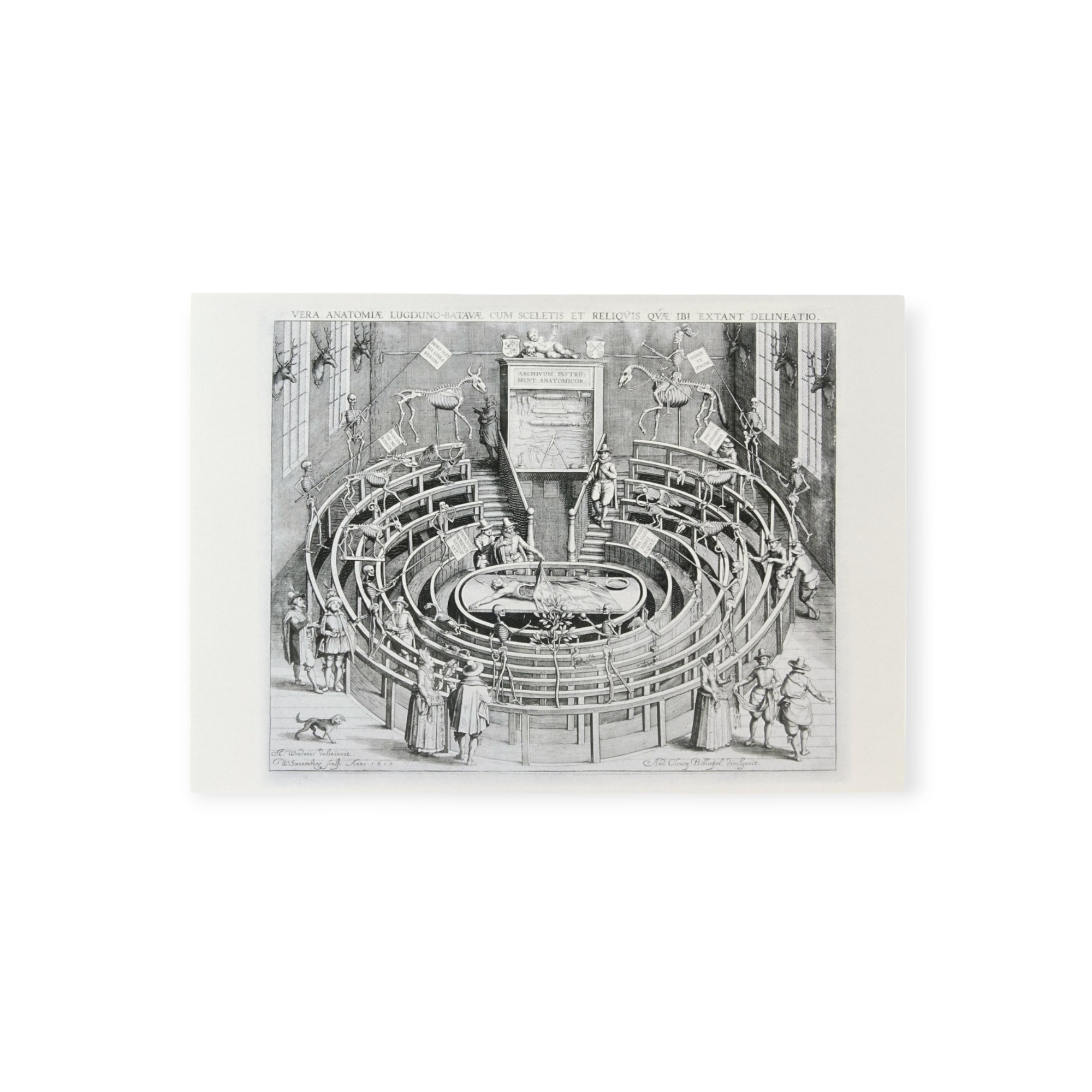
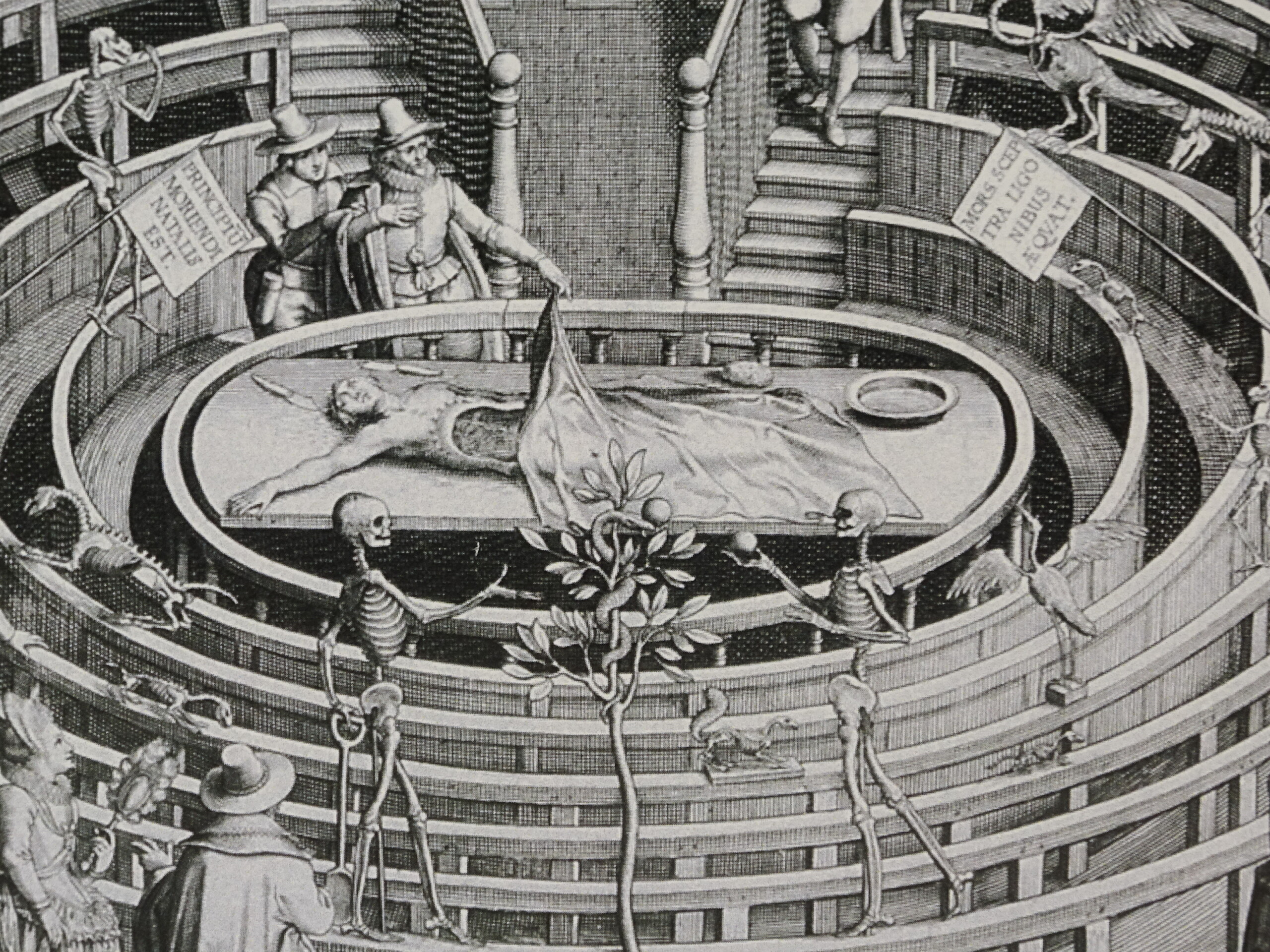

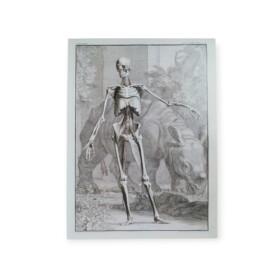

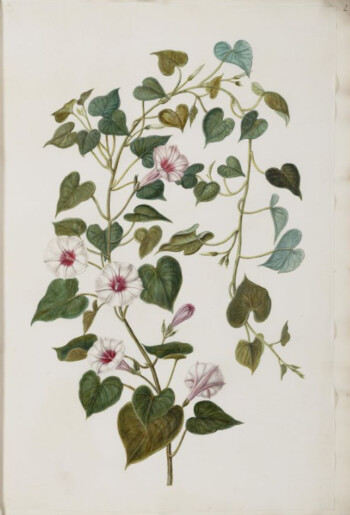
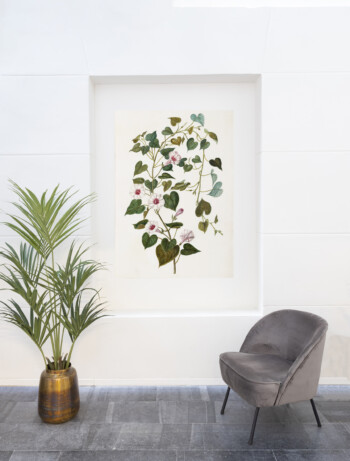

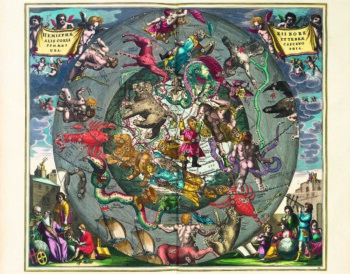
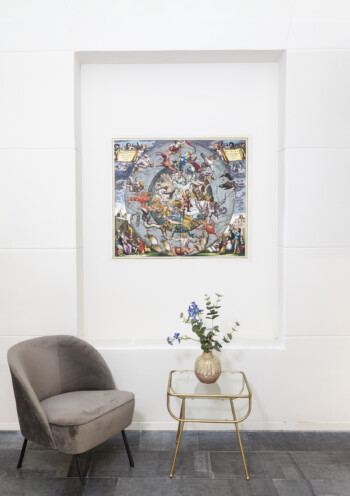
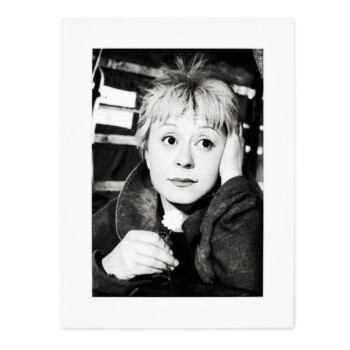



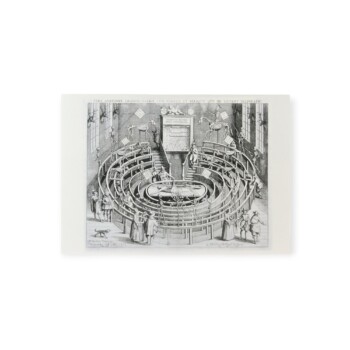
Avis
Il n’y a pas encore d’avis.